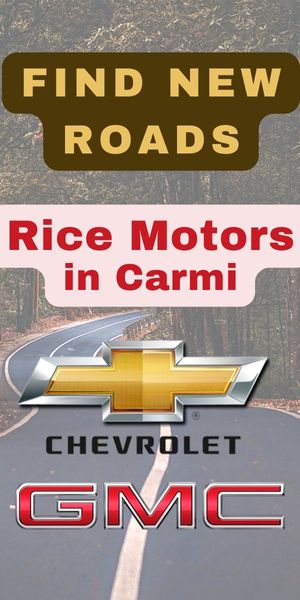A new report suggests Illinois could join other states in allowing freight trucks to use adaptive cruise control technology to control fuel costs and lower consumer prices.
It’s not self-driving, it’s platooning. In short, wireless technology allows multiple freight trucks to communicate to close the gap between connected lead and follow vehicles.
“Something like adaptive cruise control, a common driver assistance system,” Competitive Enterprise Institute Senior Fellow Marc Scribner said. “This is basically connected, adaptive cruise control.”
Freight trucks equipped with the technology would be able to close the gap to as low as 30 feet, reducing air pockets and providing reduction of aerodynamic drag. The estimated fuel savings could be around 7 percent for all the platooning trucks combined, Scribner said.
“There just are not many ways for a trucker to reduce costs,” Scribner said. “This could end up being make or break for some runs and that seven percent average fuel savings means that not only are trucking companies going to be spending less to deliver the same number of goods, that’s going to translate into savings for consumer goods that get moved by these trucks.”
Scribner’s report shows with the exception of Missouri and Iowa, Illinois is mostly surrounded by states that allow it and Illinois’ acceptance would foster greater and safer freight activity.
“What I propose is that [state lawmakers] add an exemption [to the following too closely laws], a simple sentence, and that would allow these trucks on the road,” Scribner said.
Illinois House Bill 4654 would allow the technology to be used in Illinois, but it stalled in committee. The sponsor of the measure, state Rep. Marcus Evans, D-Chicago, did not return messages seeking comment.
Illinois Trucking Association Executive Director Matt Hart said they support the bill.
“The technology works in limited circumstances like on rural interstates where they might want to be platooned,” Hart said. “The bill requires a [Commercial Driver’s License] holder is aboard at all times. We in no way shape or form want this for autonomous vehicles.”
Scribner said technology allowing trucks to automatically close the gap could begin implementation in states that allow it as late as 2018. What if Illinois doesn’t?
“I could imagine that you would see national trucking carriers to start looking to re-rationalizing their routing across more states where they have made this change,” Scribner said.
Hart said that’s likely not the case.
“They would have to go out of your way to avoid Illinois,” Hart said. “I hope it doesn’t come to that. We want the safest roads out there.”
But Josh Witkowski with motorcyclist lobby ABATE of Illinois has concerns.
“When you have three of these semis running together, it represents a three, to four hundred foot wall that takes away space for a motorcyclist to possibly take evasive action if something dangerous occurs in their lane,” Witkowski said.
He says the technology hasn’t proved itself like drivers have to prove they can handle vehicles before getting a driver’s’ license.
“Illinois should investigate the technology,” Witkowski said. “Illinois should test the technology in a closed environment where my life does not become the field test for these companies to push this on us.”
“We just have to find the right regulatory environment,” Hart said. “Safety is the top priority. We think this can improve safety in the long term.”














